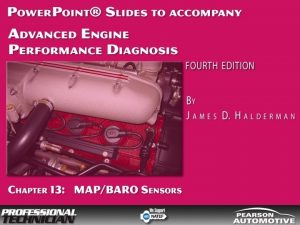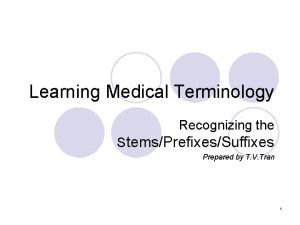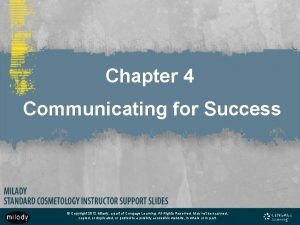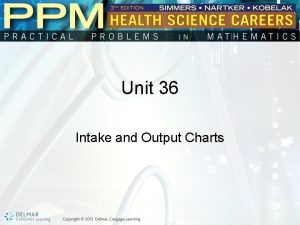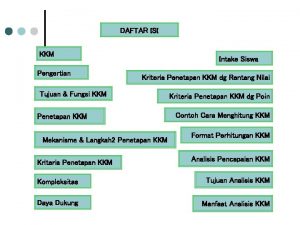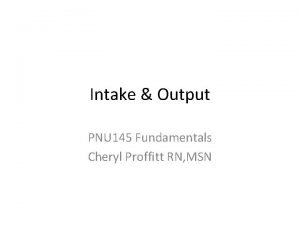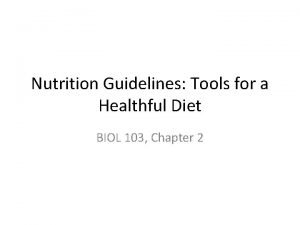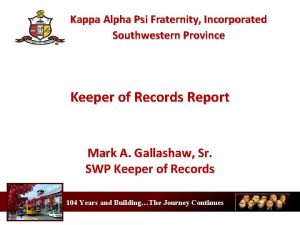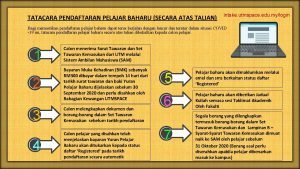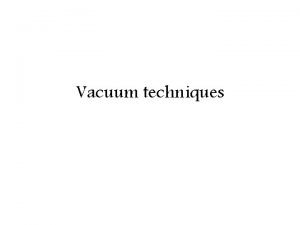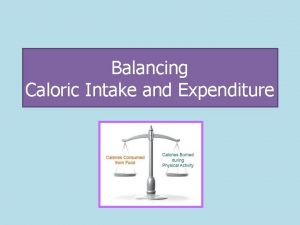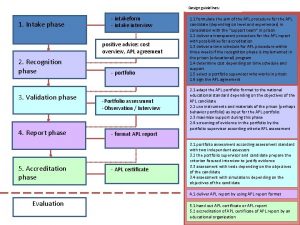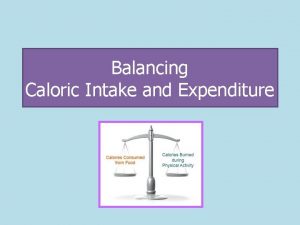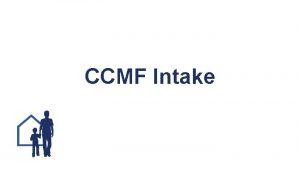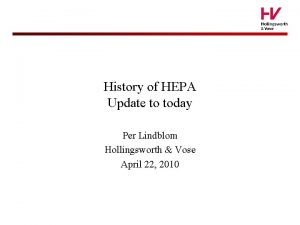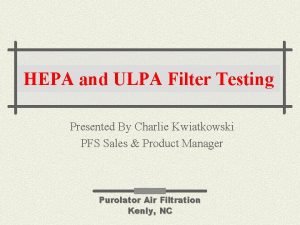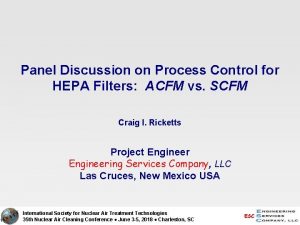HEPA vacuum WetDry HEPA Vacuum 1 Intake 2
























- Slides: 24

HEPA vacuum Wet/Dry HEPA Vacuum 1. Intake 2. Disposable Collector Bag 3. Filter Protector 4. Cloth Filter 5. Impact Filter 6. HEPA Filter 7. Clean Exhaust

utility shut-off

mold What Should You Look For? Signs of a possible mold problem may include a musty or earthy odor, staining, and discoloration. – Mold growth may look fuzzy, cottony, granular, or leathery and may range in colors from white to black. – Investigate areas of excess moisture or water damage and behind or underneath areas that got wet. – Mold may cause health problems and allergic reactions. It may also cause asthma attacks in people with asthma.

contractors What Should You Ask? When looking for a qualified contractor, ask for: – References (at least three previous customers and phones numbers) – Licenses and insurance – A written estimate (always get estimates from more than one contractor) – A written contract – A payment schedule (never pay more than 10% or $1000 before the job begins)

lead What Should You Look For? If you know the age of the home you are rehabbing, you have an idea if it contains lead-based paint. – About 87% of homes built before 1940 contain leadbased paint. – About 69% of homes built between 1940 and 1959 contain lead-based paint. – About 24% of homes built between 1960 -1978 contain lead-based paint.

some common asbestos containing materials Cement Pipes, Wallboard, and Siding Wallboard Textured Paints/Coatings Ceiling Tiles and Lay-in Panels Chalkboards Vinyl Wall Coverings HVAC Duct Insulation Boiler Insulation Asphalt and Vinyl Floor Tile Vinyl Sheet Flooring Backing Heating and Electrical Ducts and Ductwork Breaching Insulation Flexible Fabric Connections Cooling Towers Pipe Insulation (corrugated air-cell, block, etc. ) High Temperature Gaskets Construction Mastics (floor tile, carpet, ceiling tile, etc. ) Caulking/Putties Taping Compounds Joint Compounds Spackling Compounds Adhesives Acoustical Plaster Decorative Plaster Electrical Panel Partitions Electrical Cloth Electric Wiring Insulation Spray-Applied Insulation Blown-in Insulation Roofing Shingles Roofing Felt Base Flashing Thermal Paper Products Packing Materials (for wall/floor penetrations) Laboratory Hoods/Table Tops Laboratory Gloves Fireproofing Materials Fire Doors Fire Blankets Fire Curtains Elevator Equipment Panels Elevator Brake Shoes

REBUILD HEALTHY HOMES Lesson 2 Creating a Work Plan Supplemental Training Slides

work site areas

site set-up

cleanup/health and safety station

containment Why Do You Need Containment Areas? It is important to set-up containment areas to: – Separate clean areas from work areas – Minimize cross-contamination – Separate living areas from contaminated areas

n 100 respirator

REBUILD HEALTHY HOMES Lesson 3 Performing the Cleanup Supplemental Training Slides

work sequence Fix the text in this diagram

safe lifting Use Your Head and Save Your Back! STAND close to the load Bend your knees not your back! Get Help with heavy or awkward loads! Let your legs do the lifting Use the right tools!

safe lifting Carrying the load… Hold the load close so you can see over it. Keep the load balanced. Avoid twisting the body. Watch out for pinch points -- doorways, etc. Face the way you will be moving.

safe lifting From hard-to-get-at places. . . Get as close to the load as possible. Keep back straight, stomach muscles tight. Push buttocks out behind you. Bend your knees. Use leg, stomach, and buttock muscles to lift - not your back.

gutting & tear-out What Should You Know? – Many damaged homes contain valuable historic materials, such as doors and decorative trims. – Some homes are in designated historic neighborhoods that regulate the rebuilding process. – More info about historic buildings can be found at The City of New Orleans website http: //www. cityofno. com/Portals/Portal 59/portal. aspx – It is dangerous to perform certain gutting and rebuilding activities alone. – Always wear the appropriate PPE.

REBUILD HEALTHY HOMES Lesson 4 Rebuilding Supplemental Training Slides

cleaning & treating What Should You Know? It is important to thoroughly clean and treat all remaining surfaces after gutting is complete. – Remove all remaining nails and/or screws from studs or ceiling joists – Clean the area using the Wet Method, the Dry Method, or both – Minimize cross-contamination by working from top to bottom and one room at a time – Carefully clean up any loosened debris, dirt, or dust with a wet/dry HEPA filtered vacuum – Let dust settle and either clean the area again or treat the area with borate

flood and wind resistant design

flood and wind resistance of foundations

restoring possessions What Can Be Salvaged? You might be able to clean and restore the following items safely. – Solid wood, metal, glass, or hard plastic furniture – China, porcelain, and glass dishes – Jewelry that can be cleaned – Solid wood doors, trims, and moldings

quality control Why Is Quality Control Important? It is important to assess the quality of your work because: – Failing to correct conditions causing damage or deterioration may result in repairs that do not last. – Failing to follow proper work practices may spread contaminants beyond the work areas into living areas. – Poor cleanup may leave behind hazardous conditions for you and your family.
 A typical map compares the vacuum in the intake manifold to
A typical map compares the vacuum in the intake manifold to A typical map compares the vacuum in the intake manifold to
A typical map compares the vacuum in the intake manifold to Suffix
Suffix Causes of hepatitis b
Causes of hepatitis b Directional prefixes medical terminology
Directional prefixes medical terminology Herstelondersteunende intake
Herstelondersteunende intake Pess statement
Pess statement Demand management meaning
Demand management meaning What are the golden rules of communication milady
What are the golden rules of communication milady Zeta phi beta shield meaning
Zeta phi beta shield meaning Intake and output record example
Intake and output record example Arti kompleksitas dalam kkm
Arti kompleksitas dalam kkm Calculate intake and output
Calculate intake and output Intake output balance
Intake output balance Membership intake
Membership intake Intake tower design
Intake tower design Socio-ecological model of nutrition & health
Socio-ecological model of nutrition & health Intake water treatment process
Intake water treatment process Lambda phi omega aka
Lambda phi omega aka Dris
Dris Kemas intake system
Kemas intake system Alpha kappa alpha membership intake process manual
Alpha kappa alpha membership intake process manual Blood glucose level regulation
Blood glucose level regulation Project intake process best practices
Project intake process best practices Intake utmspace
Intake utmspace

